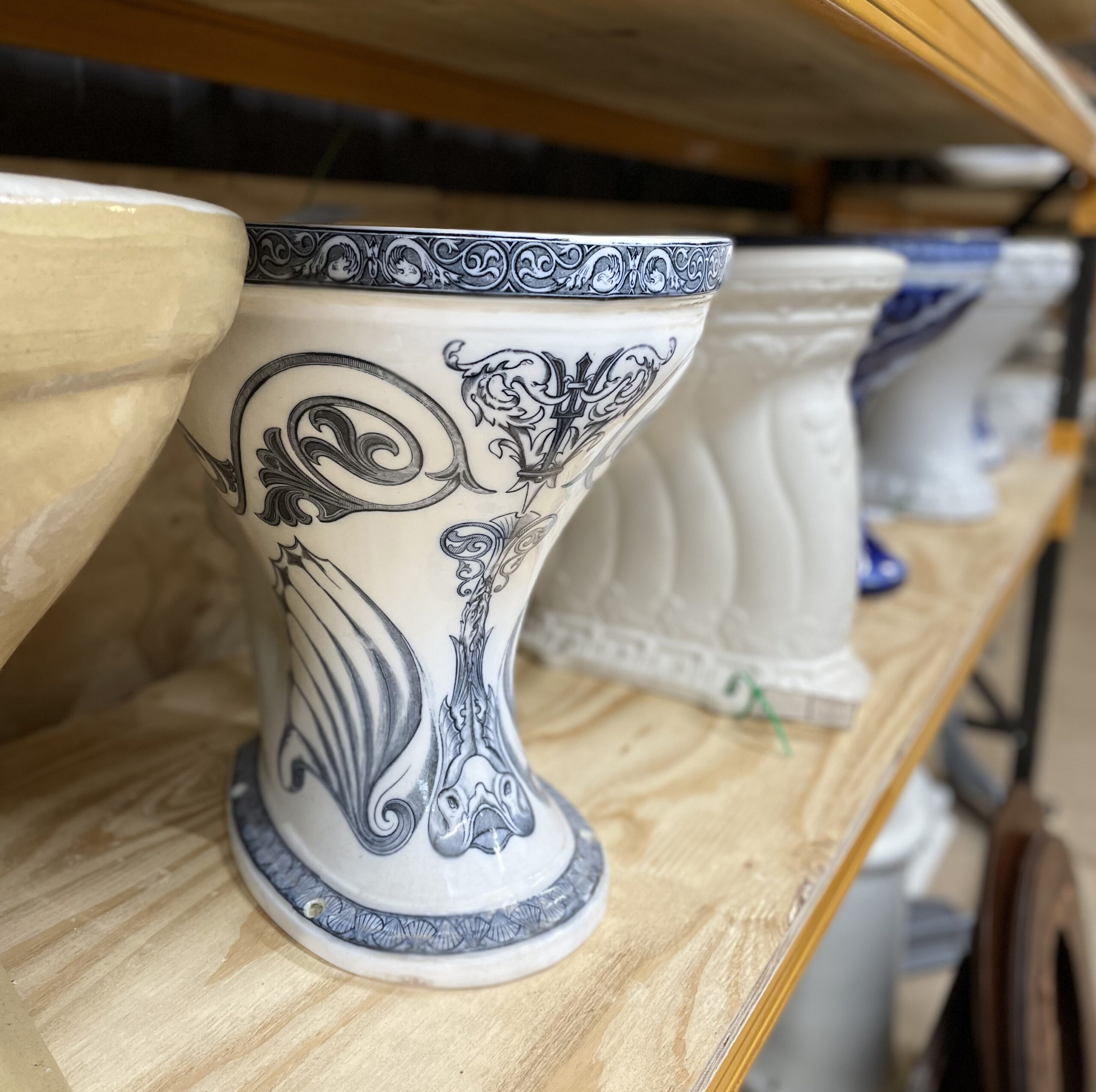Makers and Creators – Bathrooms. By looking into the makers and creators of antiques we get an opening into the era they were produced. Bathroom fixtures are no exclusion from this. Delving into the back stories of these designers will provide you with an insight into the importance of the bathroom and how far it has progressed.
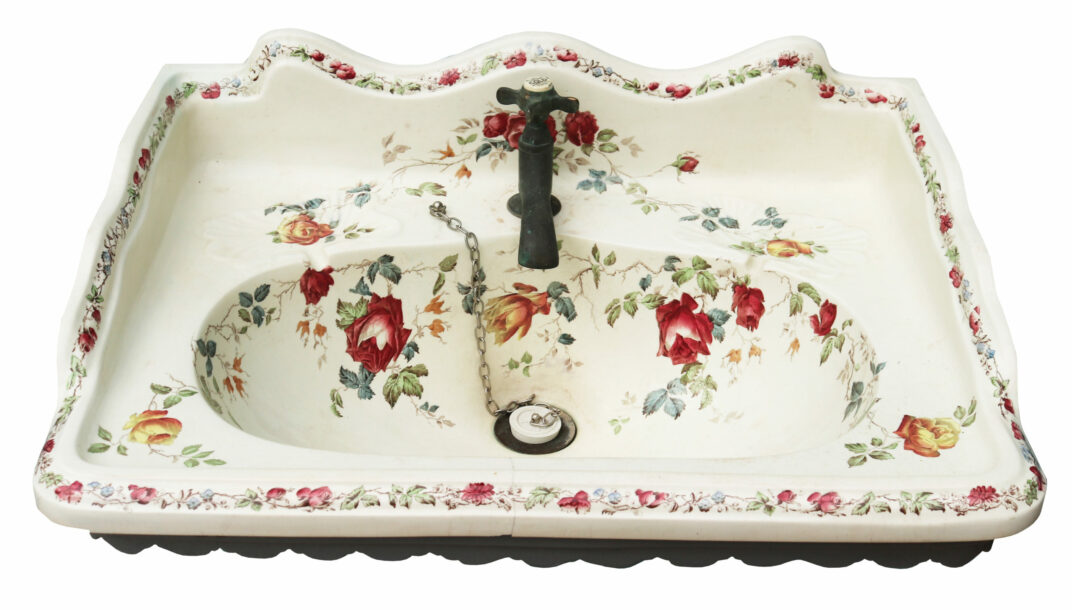
The Evolution of the Sink
The mid 19th century focused widely on the practicality of a washstand. Free standing tables with a simple bowl adapted and contained decorative designs with marble tops and spashback boards. Towards the end of the century, these stands began to involve work that resembled living room furniture. It was on the turn of the century that designs and styles shifted again, to a more practical appearance that maintained style as well as functionality. Nickel plated stands were installed and up to date plumbing and engineering abilities were readily available.
What originated as simply a bucket transformed into stunning displays of design and architecture. Decorative soap dishes were integral to the structure of a washstand and designers began taking the opportunity to produce elaborate and detailed coloured underglaze. These included flowers, Oriental patterns, classical motifs as well as certain period styles such as Rococo and Art Deco themes.
The Evolution of the Toilet
There were three main types of water closets when they first began to emerge in the Victorian era.
The Pan closet: An unsanitary basin with a pan at the bottom in order to collect waste. This was a design that proved to be extremely unhygienic with its interior becoming fouled and withheld a lingering odour.
The Wash-out: The precursor of the modern closet, this design left the water in an S-strap after each flush. This design superseded all other types after names including Twyford began manufacturing them.
The Pedestal: Here, the S-bend curves up behind the pan which then supports the seat. This made cleaning a much more able activity than it had been previously with the use of wooden casing.
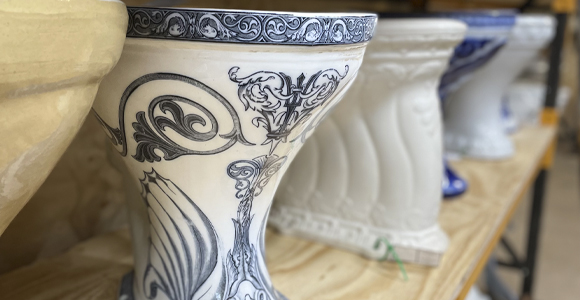
Shanks & Co. Bathrooms
Shanks and Co Ltd began with John Shanks in 1826, the founder. Shanks paired up with the firm Wallace and Connell. A well known plumbing company in the mid 19th century. After a few years, John decided to branch off and form his own business in Paisley at the age of 25. The success of the business led him to being able to open a plumbing shop in Lowndes Street, Barrhead.
At the height of his career, Shanks employed around 1,000 people in Barrhead. The company merged in 1969 with another business and became Armitage Shanks. Financial problems that arose in the 80s affected Armitage Shanks. As a result jobs were lost. This ultimately resulted in the works closing in 1992 after many protests and anger within Barrhead.
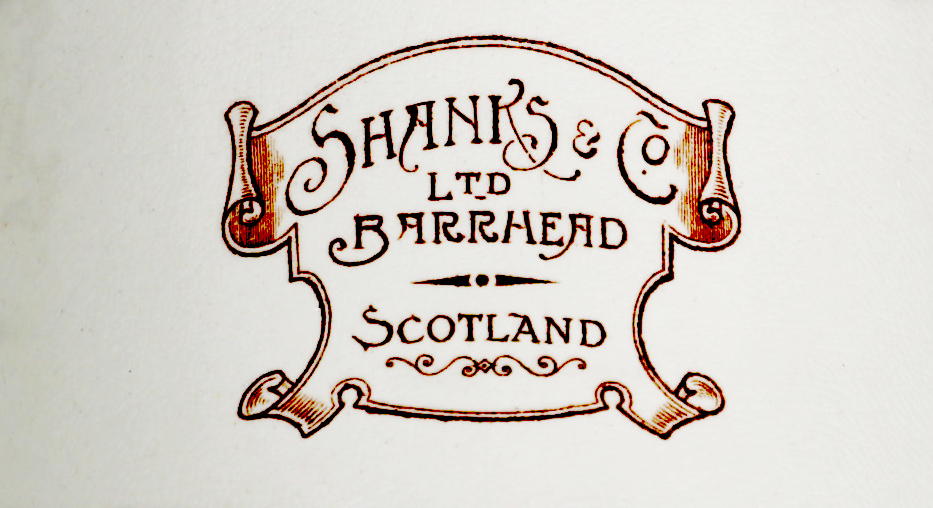
Doulton & Co.
After the rapid spread of Cholera and other diseases in London, there was a sense of urgency placed upon the government to act on sanitary grounds. Henry Doulton realised the seriousness of the situation and became one of the first to understand the importance of the sanitary revolution. This was well under way by 1840.
In 1845, Doulton & Watts Lambeth Factory opened focussing on the production of stoneware pipes. Later they progressed and opened factories in St. Helens in 1847 and Dudley in 1848. Doulton managed to build a successful career producing sanitary products. The growing need for hygiene toward the latter half of the 19th century was obvious with the passing of the Public Health Act.
By the 1870, Doulton basins, toilets baths and stone fixtures filled catalogues. In their successful years, Doulton and Co provided sanitary equipment for the likes of the Savoy Hotel, County Hall and many commissions for work in India.
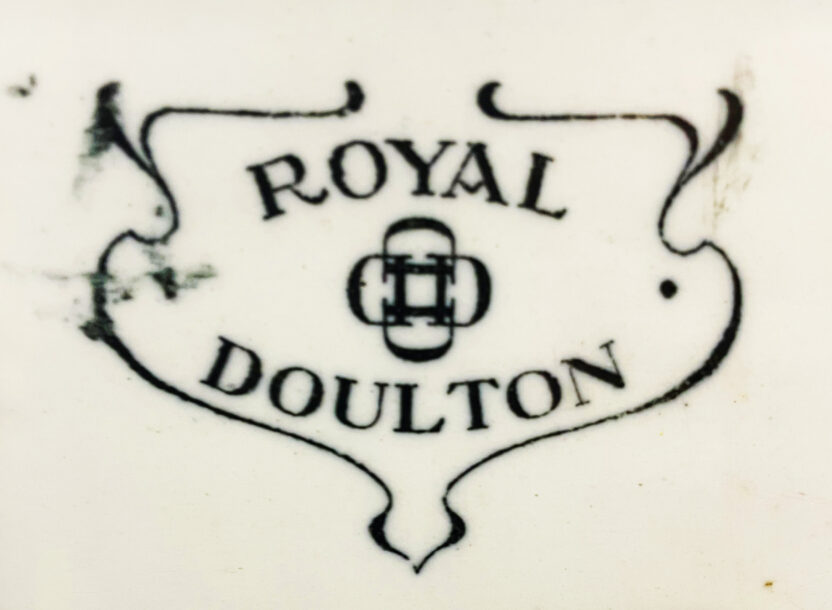
George Jennings
Jennings was a keen designer and influencer of the underground ‘public convenience’. After a substantial inheritance left to him by his grandmother, Anne Jennings, George was able to begin his sanitary career. A high point of his career included the Medal of the Society of Arts awarded to him by Prince Albert in 1847. Four years later, Jennings installed his Monkey Closets in the Retiring Rooms of the Crystal Palace at The Great Exhibition. This cemented his success in the sanitary world and his invention of the first flush toilet was revolutionary.
Over 800,000 people paid a penny to use his flush toilets at the Exhibition, which coined the phrase ‘to spend a penny’. After this people became fascinated with the new flush toilet. There were over 200,000 installed in London four years later.

John Bolding and Sons
John Bolding and Sons was established in 1822 by John Bolding and began as a brass foundry merchants. By 1871 the Bolding firm had evolved from brass founders into the sanitary world. They began to develop an interest for “improvements in water closets and in valves and regulating apparatus for the same” as quoted in the London Gazette on the 20th January 1871. Their David Street showroom displayed modern bathroom units as oppose to the previous victorian style. In 1963 the Bolding company managed to buy their competitor, Thomas Crapper & Co. However this ultimately fell through and the Bolding company became obsolete and Crapper’s business is still producing bathroom fittings to this day.
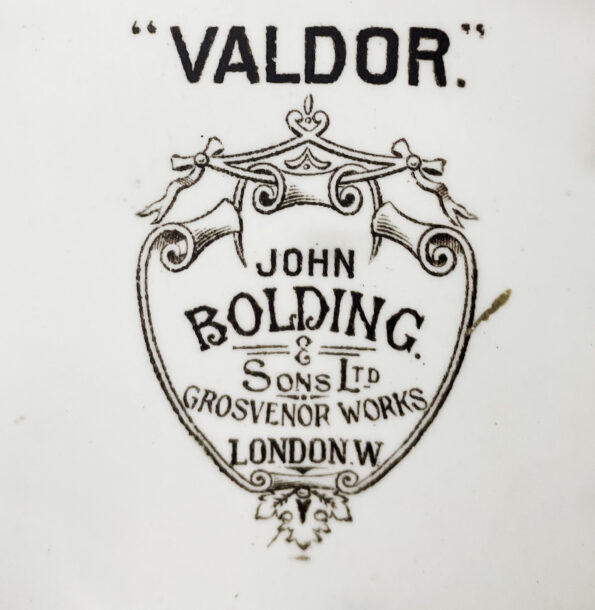
At UK Architectural Heritage we have many big names within the sanitary antique world, these are just a few of them. Click the link below to browse all the brilliant makers and creators’ items that we have available.
If you liked this article, then please subscribe to our mailing list to ensure you don’t miss out on upcoming blogs, new in items and general up to date information about UK Architectural Heritage!
